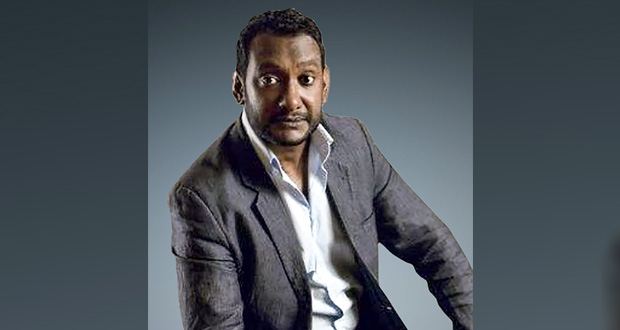Publicité
Symbolism and Political Strategy
The New Era of Ram
Par
Partager cet article
Symbolism and Political Strategy
The New Era of Ram

On the M1 in Mauritius, a procession of about sixty 4x4s, adorned with orange flags bearing the image of Ram, moved en file indienne before the Phoenix fly-over. This spectacle, resembling a rally for an orange party, was not in honor of Pravind Jugnauth or Narendra Modi, but of Ram of Ayodhya, now celebrated as an international superstar.
In India, the intensity of this fervor magnifies. The Prime Minister has assumed the role of a high priest for both the nation and its vast diaspora. On Monday, January 22, Ayodhya was a scene of jubilation, with thousands of ecstatic devotees waving saffron flags bearing Ram’s image and helicopters showering flowers, as shown by the international press. The inauguration of Ram’s temple, built on the site of a former Mughal mosque razed by Hindu fanatics in 1992, was a nationally televised event. Modi, orchestrating this grand ceremony, positioned it as his trump card for the upcoming general elections this spring. Recognizing the event’s significance, several states, (including one country: Mauritius, which granted a twohour leave), acknowledged the day.
This temple stands as more than a religious monument; it symbolizes the ascendancy of Hinduism over other communities and marks a pivotal shift from India’s secular republic to a new regime. Modi’s proclamation that “January 22, 2024, marks the dawn of a new era” is a bold statement, especially considering this is the first time an Indian prime minister has engaged in such rituals while in office.
The inauguration of the Ram temple heralds what Modi calls “the dawn of a new era.” He has transformed this event into a strategic political move to bolster his chances in the forthcoming spring elections.
Central to Modi’s ideology is Hindutva, a doctrine promoting Hindu identity, exerting pressure on religious minorities, and threatening the legendary secularism and multiculturalism of the Indian subcontinent. Modi has repeatedly insinuated that India is primarily for Hindus. His tactics in Kashmir, aimed at diminishing the autonomy of this Muslim-majority region, have sparked widespread criticism from Indian intellectuals, transcending political and ethnic lines. Among them, activist and writer Arundhati Roy starkly warns of the dangers of Hindu supremacist organizations, comparing the situation to Europe’s complexity and diversity.
Matthew John of The Wire aptly notes that what we are witnessing is not merely a leader indulging in self-absorption but “a broader phenomenon of millions falling under the spell of Modi’s charismatic leadership”. This scenario raises critical questions about democracy’s nature, especially when the majority’s rule could veer into a form of dictatorship.
Michel Onfray, in his latest work Theory of the Dictatorship, outlines seven characteristics of 21st-century dictatorships, reminiscent of Orwell’s depictions in 1984 and Animal Farm. These characteristics resonate with what we observe in India and, to an extent, the risks of absolutism in Mauritius’s Jugnauth regime. Onfray’s framework includes the destruction of freedom, impoverishment of language, abolition of truth, erasure of history, denial of nature, propagation of hate, and aspirations for empire. Do these traits remind you of Mauritius?
Publicité
Publicité
Les plus récents






